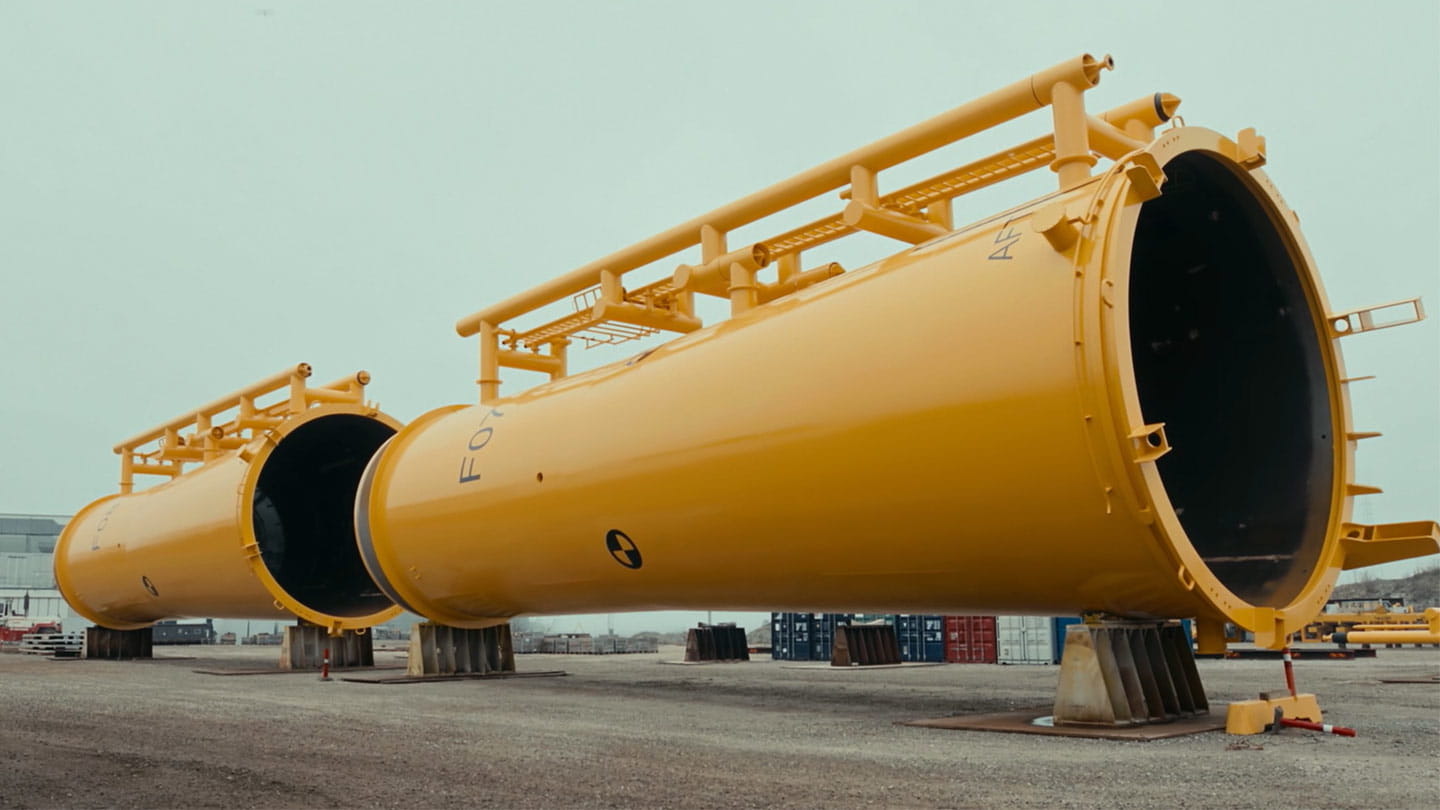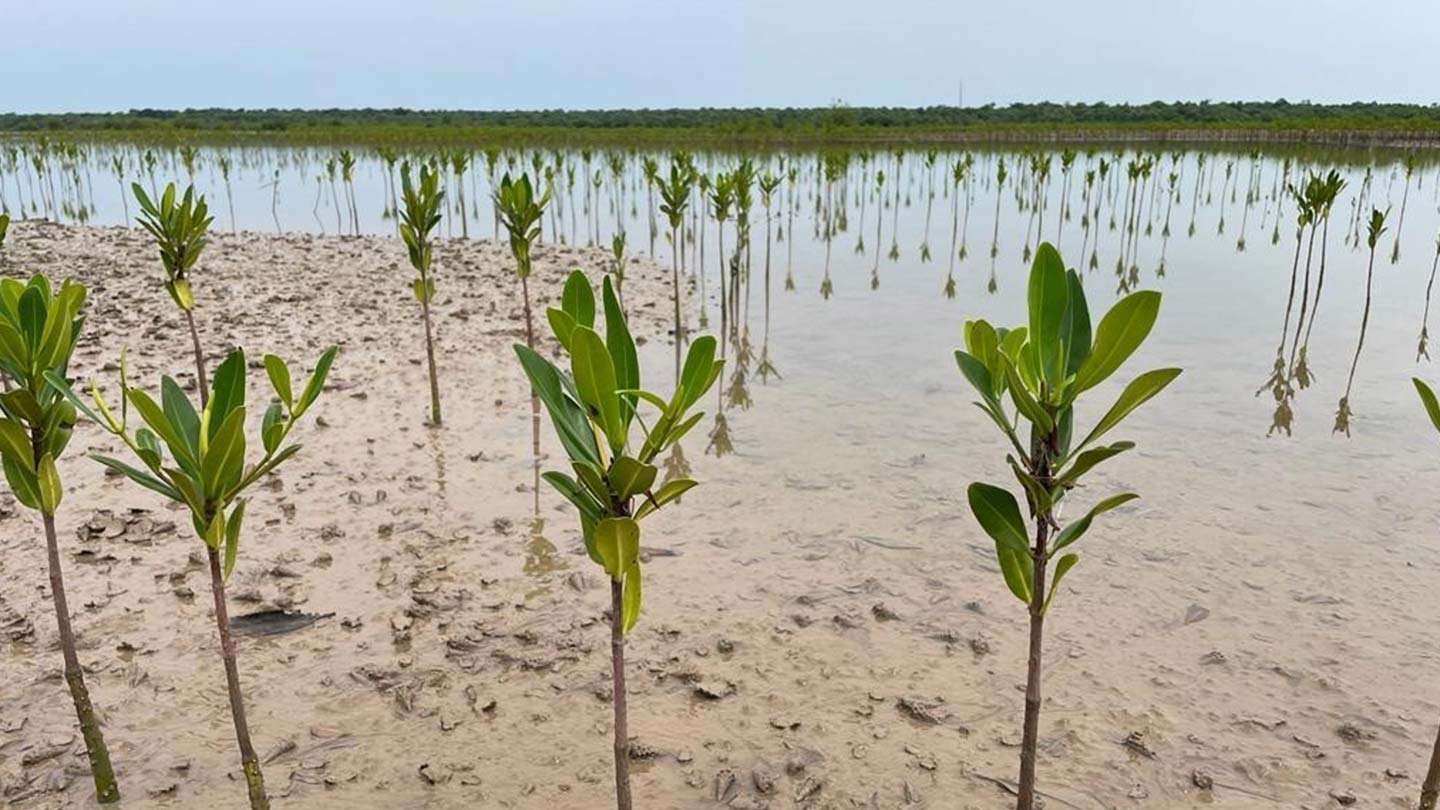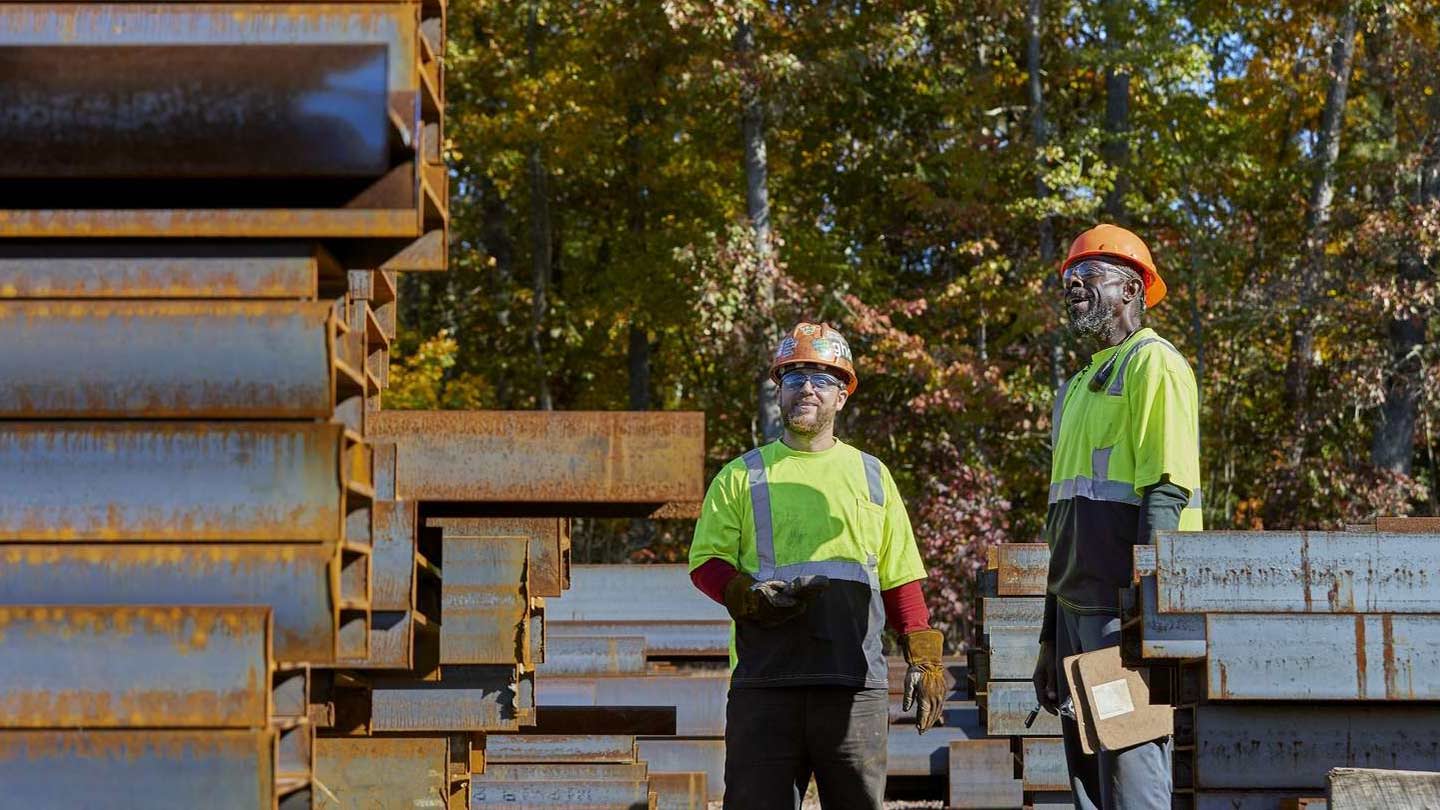
Laying the foundations for low-emission steel
Simon Juul Toft, Ørsted’s Head of Green Procurement, explains why long-term collaboration with a key supplier can help reduce emissions from heavy plate steel.
Read Simon’s take
Simon Juul Toft, Ørsted’s Head of Green Procurement, explains why long-term collaboration with a key supplier can help reduce emissions from heavy plate steel.
Read Simon’s take
Peter Kofod Kristensen, Ørsted’s Director of Bioenergy Sustainability, explains our approach to nature-based climate solutions such as restoring mangroves in The Gambia.
Read Peter's take
Johan Schoonhoven, Senior Circularity Specialist, and Cat Hemmingsen, Senior Biodiversity Specialist discuss circularity in the renewable energy industry, and how it can help tackle biodiversity loss.
Read their take
Mikkel Haugaard Windolf, Product Line Manager, Offshore Logistics discusses the role of drones in offshore wind in reducing cost and environmental impacts, and improving safety and operational efficiency
Read Mikkel's take
Samir Whitaker, Biodiversity Lead Specialist at Ørsted, shares insights into the climate adaptation strategies that can help protect people and nature from the effects of climate change.
Read Samir's take
Fredrik Åberg, Lead Category Manager for Steel at Ørsted, explains why and how Ørsted is working to decarbonize the steelmaking process.
Read their take